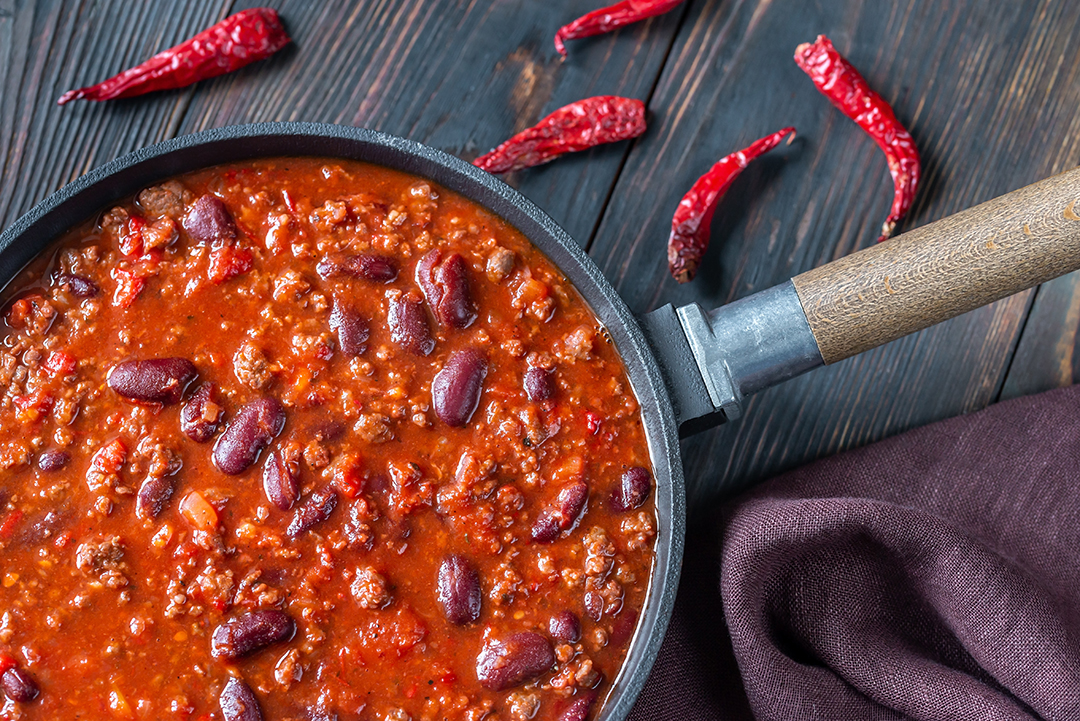Wine and Quarantine – Week 4

Quarantine has affected all of our lives. Now, more than ever, we need to find ways of coping with the isolation and fear that the Coronavirus pandemic has fostered in our communities. To help with coping, each week we have been publishing ideas for reading, watching, eating, and drinking in our email newsletter. To reach a broader audience, we have decided to publish each week’s newsletter on our blog post.
Week 4
I hope you are staying safe and finding ways to take care of yourself and your family. Often, occupying the mind with a new experience provides a nice respite and we are here to help.
As a reminder, we have curb side pickup available both at the winery and distillery. The winery is open Thursday to Sunday from noon to 5 and Sidewinder Distillery is open Thursday through Sunday from 2 – 6. You can get our hours, check our specials, and place orders for pickup using our text phone number – (925) 337-7451. Text your request and we will get back to you.
Happy Half Hour with Nick
Every Wednesday at 5 PM Pacific, we will host a live happy half our live from Sidewinder with the cocktail master himself – Nick Goers.
This week, Nick explores the Bourbon Mash Bill, describing the many flavor profiles a distiller can create simply by changing the amounts of corn and rye in the mash. Nick will also show a few examples of cocktail mixers (syrups, shrubs, and sour mixes) that you can make at home.
The link to this event has expired
What We’re Eating…
This week it’s a bowl of red – Chili Con Carne, which can be made with or without meat and customized to your tastes. A recipe for our favorite Cornbread is also provided, along with advice for making your own chili powder to really put your signature on this dish.
What we’re drinking…
With spring in the air we’re thinking our Rosé of Grenache or a chilled glass of our Chardonnay. Our rosé is made in the traditional manner, harvested early at peak acidity, whole cluster pressed, and cold fermented. Try it by itself or as the headliner in the Summer Sling.
Likewise, our Chardonnay (93 points) is made in the traditional Burgundian style – whole cluster pressed, barrel fermented, and stirred on its lees for nearly a year before bottling. This is a wonderful wine to sip on its own or to be enjoyed with food.
What we’re reading…
We have a couple of short pieces that you might have missed. The first, published in The Atlantic, is an interesting look-back at the Yellow Fever epidemics that plagued our nation’s capital a couple centuries ago. You can read it here.
If you’re a poetry fan, then you might enjoy reading ‘Lockdown,’ a new poem from England’s poet laureate Simon Armitage. It moves from a consoling story of the bubonic plague that hit the village of Eyam in the 17th century, to a scene in the Meghaduta, where prayers are transported via passing clouds. If you are unfamiliar with Eyam and its boundary stone we have a link to video in ‘what we’re watching,’ below.
What we’re watching…
To keep up our spirits we have been enjoying Schitt’s Creek on Netflix. Ignore the title. This is a fun and good-spirited look at a fictional town where everyone is willing to help each other – even when they disagree. It is a fun cast that includes Eugene Levy (National Lampoon’s Vacation, American Pie, A Mighty Wind) and Catherine O’Hara (Home Alone).
Don’t have a Netflix subscription and don’t want to pay for one? Then we have you covered. A free site called called VOLEFLIX streams public domain movies for free. These are older films so don’t expect surround sound or high definition, but there are a lot of classics that are hard to find elsewhere. This week we like CHARADE, with Cary Grant and Audrey Hepburn. Escapism at its best!
If you’re looking for something relevant to the quarantine, then you also might be interested in these short videos.
The Plague Village of Eyam – a You Tube video about the plague village of Eyam, which locked itself down to protect neighboring villages in the 17th Century,


